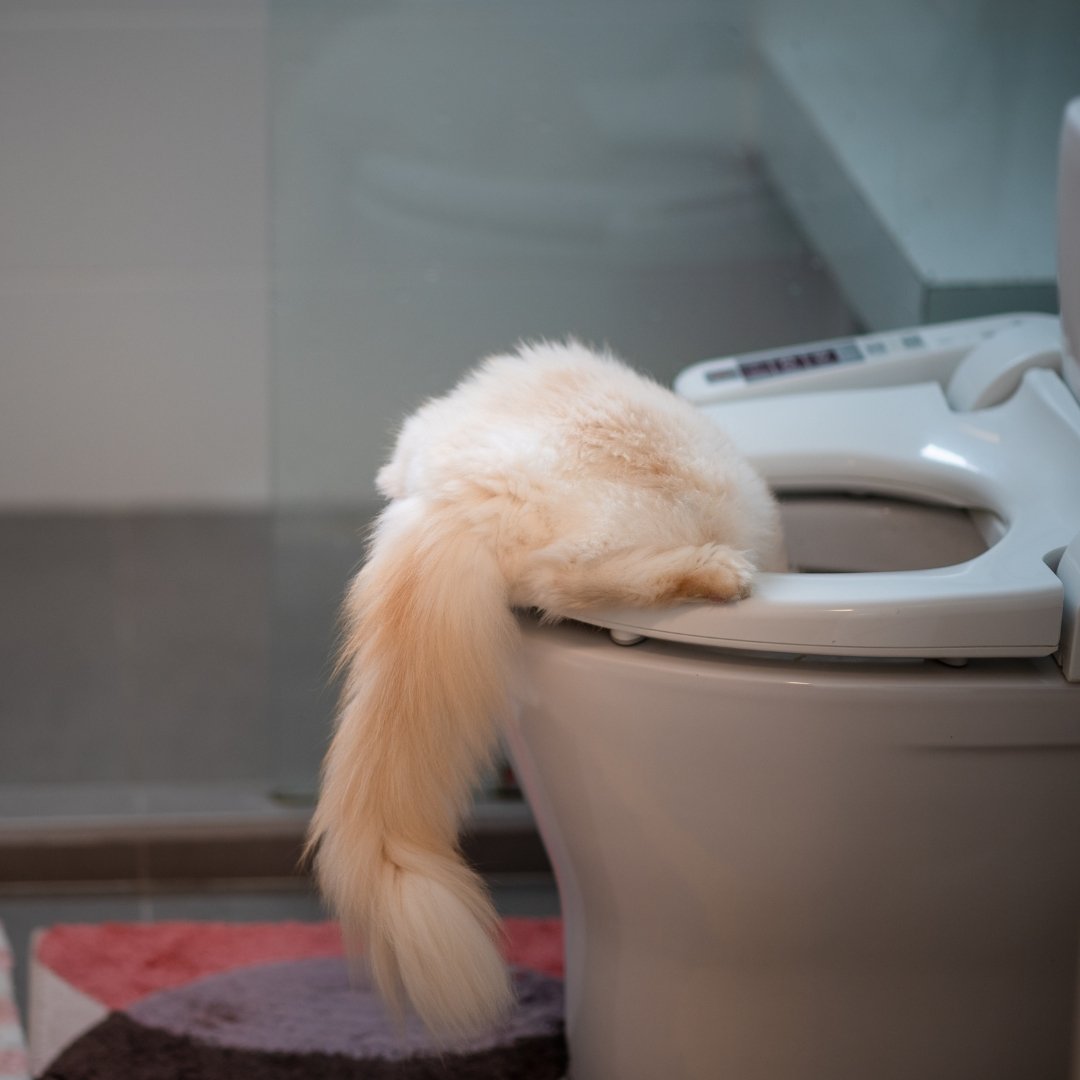Reasons Flushing Cat Poop Down Your Toilet Isn't a Good Idea - Tips for Safer Disposal
Reasons Flushing Cat Poop Down Your Toilet Isn't a Good Idea - Tips for Safer Disposal
Blog Article
Were you trying to locate advice about How to Dispose of Cat Poop and Litter Without Plastic Bags?

Intro
As pet cat proprietors, it's essential to be mindful of just how we deal with our feline friends' waste. While it may seem convenient to flush cat poop down the commode, this technique can have damaging repercussions for both the atmosphere and human health.
Environmental Impact
Purging feline poop presents dangerous pathogens and bloodsuckers into the water, presenting a substantial threat to marine communities. These impurities can adversely impact marine life and compromise water quality.
Health Risks
In addition to ecological problems, flushing cat waste can also posture health dangers to people. Pet cat feces might include Toxoplasma gondii, a bloodsucker that can create toxoplasmosis-- a potentially serious disease, especially for expectant females and people with damaged immune systems.
Alternatives to Flushing
Thankfully, there are safer and more liable methods to take care of feline poop. Consider the following options:
1. Scoop and Dispose in Trash
The most typical approach of throwing away cat poop is to scoop it right into a biodegradable bag and throw it in the trash. Make sure to make use of a committed litter inside story and deal with the waste without delay.
2. Use Biodegradable Litter
Opt for naturally degradable cat clutter made from materials such as corn or wheat. These trashes are eco-friendly and can be safely gotten rid of in the trash.
3. Hide in the Yard
If you have a yard, take into consideration hiding pet cat waste in an assigned area far from veggie yards and water resources. Be sure to dig deep sufficient to avoid contamination of groundwater.
4. Mount a Pet Waste Disposal System
Buy a family pet garbage disposal system especially designed for feline waste. These systems utilize enzymes to break down the waste, decreasing smell and environmental influence.
Final thought
Accountable pet dog ownership expands past offering food and sanctuary-- it additionally includes proper waste monitoring. By refraining from flushing feline poop down the commode and selecting alternate disposal techniques, we can decrease our environmental footprint and shield human health and wellness.
Why Can’t I Flush Cat Poop?
It Spreads a Parasite
Cats are frequently infected with a parasite called toxoplasma gondii. The parasite causes an infection called toxoplasmosis. It is usually harmless to cats. The parasite only uses cat poop as a host for its eggs. Otherwise, the cat’s immune system usually keeps the infection at low enough levels to maintain its own health. But it does not stop the develop of eggs. These eggs are tiny and surprisingly tough. They may survive for a year before they begin to grow. But that’s the problem.
Our wastewater system is not designed to deal with toxoplasmosis eggs. Instead, most eggs will flush from your toilet into sewers and wastewater management plants. After the sewage is treated for many other harmful things in it, it is typically released into local rivers, lakes, or oceans. Here, the toxoplasmosis eggs can find new hosts, including starfish, crabs, otters, and many other wildlife. For many, this is a significant risk to their health. Toxoplasmosis can also end up infecting water sources that are important for agriculture, which means our deer, pigs, and sheep can get infected too.
Is There Risk to Humans?
There can be a risk to human life from flushing cat poop down the toilet. If you do so, the parasites from your cat’s poop can end up in shellfish, game animals, or livestock. If this meat is then served raw or undercooked, the people who eat it can get sick.
In fact, according to the CDC, 40 million people in the United States are infected with toxoplasma gondii. They get it from exposure to infected seafood, or from some kind of cat poop contamination, like drinking from a stream that is contaminated or touching anything that has come into contact with cat poop. That includes just cleaning a cat litter box.
Most people who get infected with these parasites will not develop any symptoms. However, for pregnant women or for those with compromised immune systems, the parasite can cause severe health problems.
How to Handle Cat Poop
The best way to handle cat poop is actually to clean the box more often. The eggs that the parasite sheds will not become active until one to five days after the cat poops. That means that if you clean daily, you’re much less likely to come into direct contact with infectious eggs.
That said, always dispose of cat poop in the garbage and not down the toilet. Wash your hands before and after you clean the litter box, and bring the bag of poop right outside to your garbage bins.
https://trenchlesssolutionsusa.com/why-cant-i-flush-cat-poop/

Do you enjoy reading up on How to Dispose of Cat Poop and Litter Without Plastic Bags? Create a remark down the page. We would be delighted to find out your thinking about this page. We are looking forward to see you back again soon. Enjoyed reading our post? Please share it. Help others discover it. Thank you for your time. Visit again soon.
Book An Estimate Now Report this page